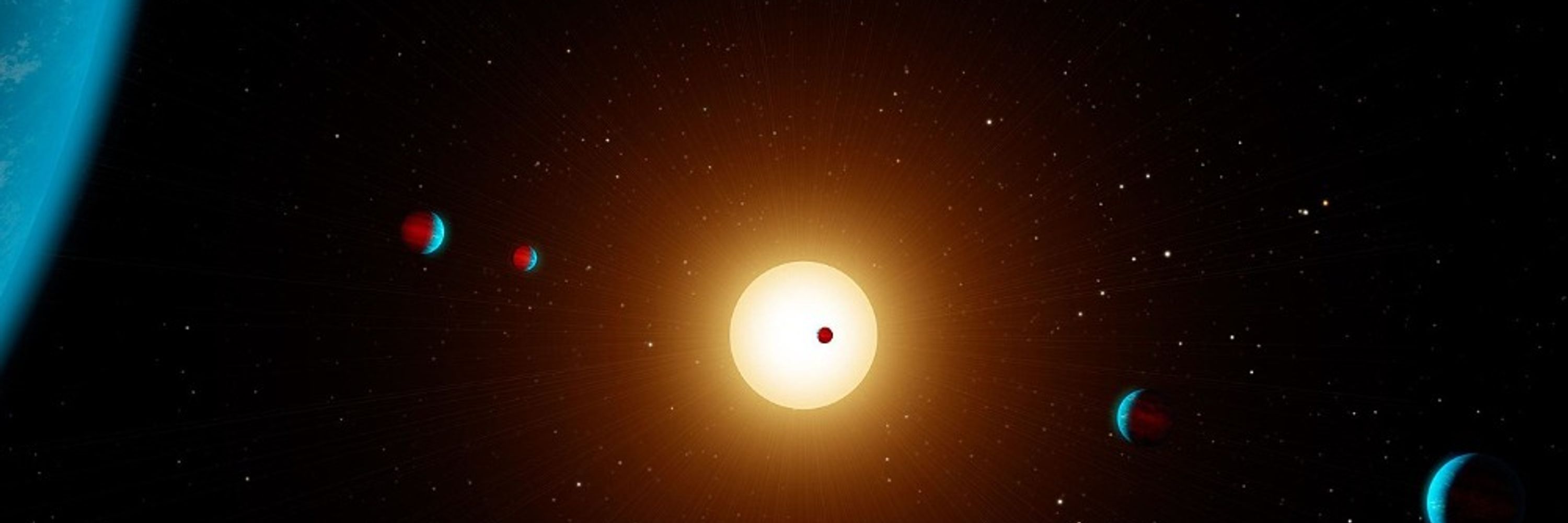Kevin Hardegree-Ullman
@kevinkhu.bsky.social
2.5K followers
260 following
270 posts
Research Scientist at Caltech/IPAC-NExScI studying all things related to exoplanets! Opinions are my own. https://kevinkhu.com
Posts
Media
Videos
Starter Packs
Reposted by Kevin Hardegree-Ullman
Reposted by Kevin Hardegree-Ullman
Reposted by Kevin Hardegree-Ullman
Reposted by Kevin Hardegree-Ullman
Reposted by Kevin Hardegree-Ullman
Reposted by Kevin Hardegree-Ullman
Gabe Weible
@gabeweible.bsky.social
· Aug 26
Reposted by Kevin Hardegree-Ullman

















